Part 1 of 2 Parts
The International Atomic Energy Agency (IAEA) is an intergovernmental organization that seeks to promote the peaceful use of nuclear energy and to inhibit its use for any military purpose, including nuclear weapons. It was established in 1957 as an autonomous organization within the United Nations system; though governed by its own founding treaty, the organization reports to both the General Assembly and the Security Council of the United Nations, and is headquartered at the UN Office at Vienna, Austria.
The first experiments focused on nuclear fusion took place in the 1950s. Over the following decades, creating sustained nuclear fusion has been a great challenge for scientists and engineers. Currently, new discoveries are being made on an almost daily basis. The virtually limitless energy possible with controlled nuclear fusion should be unleashed in the near future.
Over the decades of research on fusion a number of different basic designs have been developed and constructed. These designs include tokamaks, stellarators and laser-based implosion devices. They are advancing the promise of nuclear fusion for energy generation that will transform our world.
There are currently over one hundred and thirty experimental public and private fusion devices in operation, in construction or planned around the globe. These are based on a number of different approaches to producing fusion reactions and have a variety of designs.
In order to review this multitude of devices, the IAEA has just published a new report titled World Survey of Fusion Devices 2022. This new survey further elaborates the information currently available on the IAEA’s online database called Fusion Device Information system (FusDIS).
Matteo Barbarino is an IAEA Nuclear Plasma Fusion Specialist. He said, “When it is realized, fusion would benefit every country and work alongside nuclear energy and other forms of sustainable energy, supporting climate change mitigation and contributing to the energy mix. Fusion could benefit virtually every country and that is one of the reasons why it is so important. All over the world, researchers and engineers are exploring different fusion device designs to move progress forward. And our new publication provides a comprehensive overview of fusion research and development activities from the perspective of those devices capabilities.”
Nuclear fusion is a process in which light atomic nuclei combine to form the nucleus of a heavier element. A huge amount of energy is release by this process. The stars in the sky burn for billions of years powered by nuclear fusion. However, achieving sustained and controlled fusion reactions in a practical setting on the surface of the Earth is associated with a large number of scientific and technical challenges. To sustain such a reaction, the fuel must be confined and maintained at intense pressures and extremely high temperatures several times hotter than the center of the Sun.
Considerable progress continues to be made in laboratories all over the world. More than thirty countries have carried out experiments with different fusion devices. The researchers often successfully achieve fusion reactions. However, they can only sustain operation for short periods of time. None of the experiments to date have been able to generate useful amounts of energy.
Please read Part 2 next
Blog
-
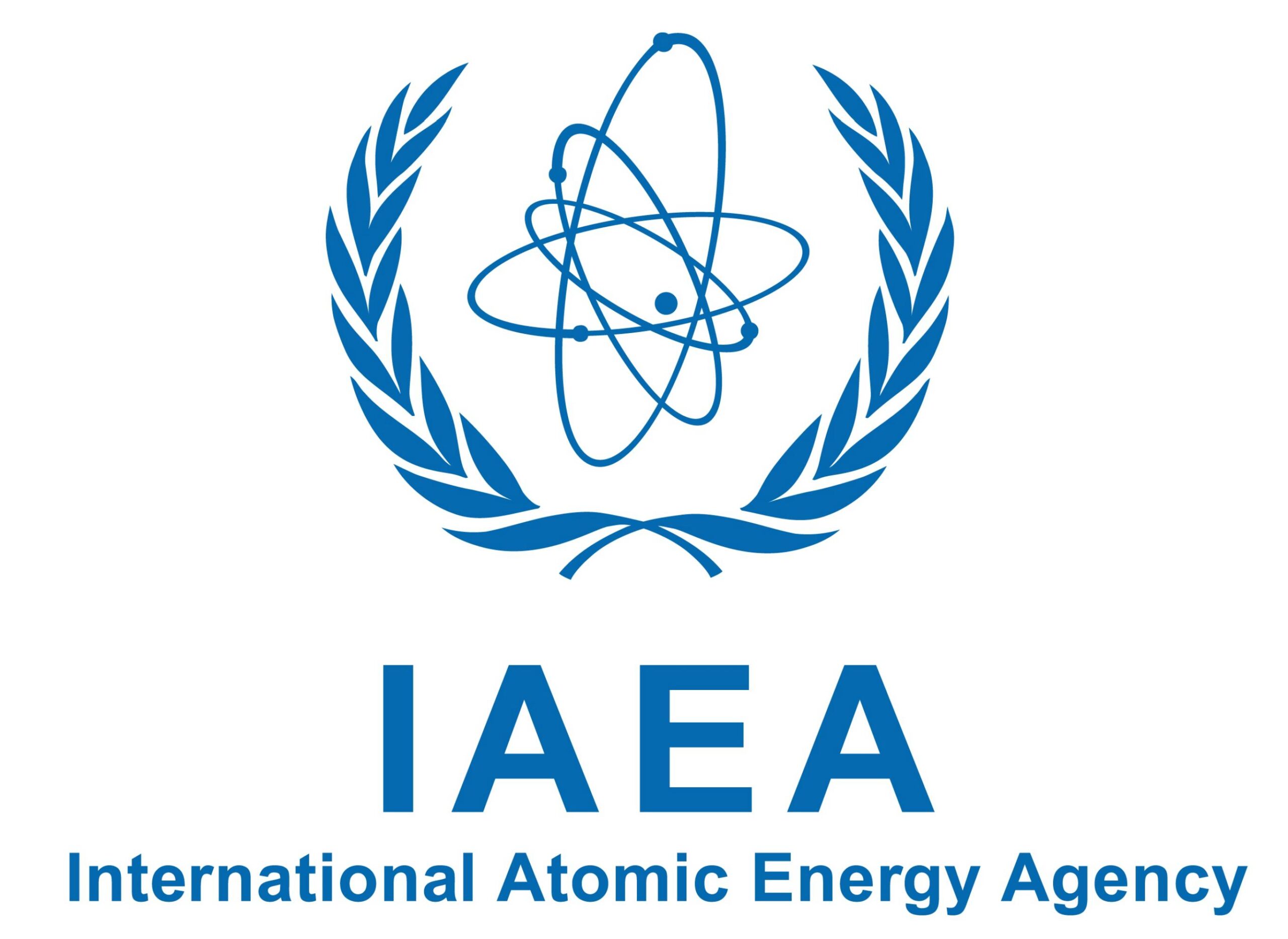
Nuclear Fusion 112 – The International Atomic Energy Agency Has Just Released A Report On Progress In Nuclear Fusion Research – Part 1 of 2 Parts
-
Nuclear News Roundup Feb 20, 2023
Where does nuclear energy in Wales go from here? MPs quiz UK Government ministers and experts committees.parliament.uk
Israel: all options on table to stop nuclear Iran tv7israelnews.com
U.S. stages joint air exercises with Asian allies after North Korea’s ICBM launch reuters.com
Russia accuses Kyiv of planning to stage nuclear incident reuters.com
-
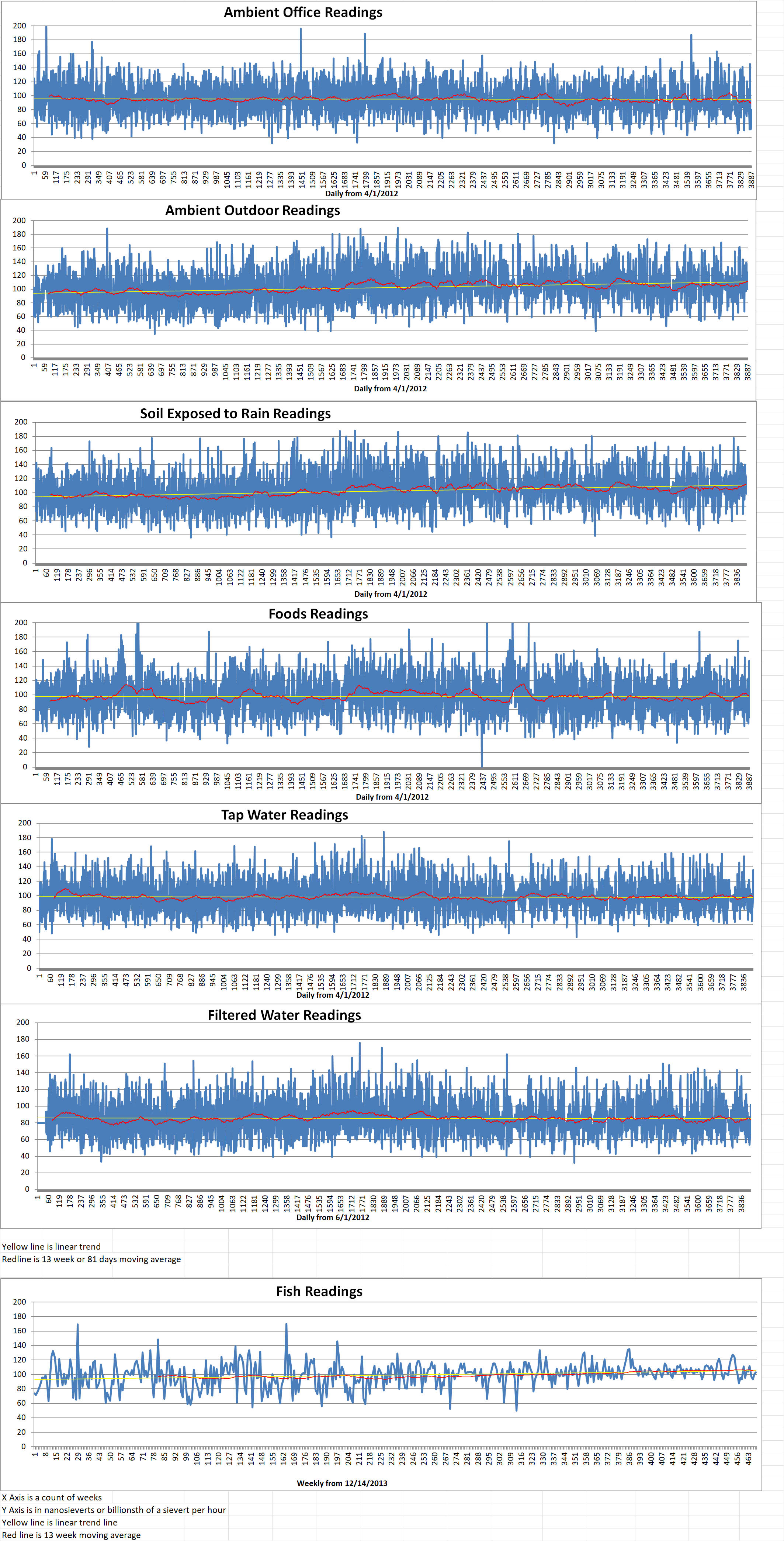
Geiger Readings for Feb 20, 2023
Ambient office = 80 nanosieverts per hour
Ambient outside = 100 nanosieverts per hour
Soil exposed to rain water = 99 nanosieverts per hour
Asparagus from Central Market = 108 nanosieverts per hour
Tap water = 135 nanosieverts per hour
Filter water = 102 nanosieverts per hour
-
Nuclear News Roundup Feb 19, 2023
Pakistan and IAEA Accelerate Nuclear Cooperation to Address Climate, Food and Health iaea.org
Pallas construction permit granted world-nuclear-news.org
Bill would create committee to study workforce needs of nuclear, hydrogen industries in Nebraska journalstar.com
Fortum granted license extension for Loviisa world-nuclear-news.org
-
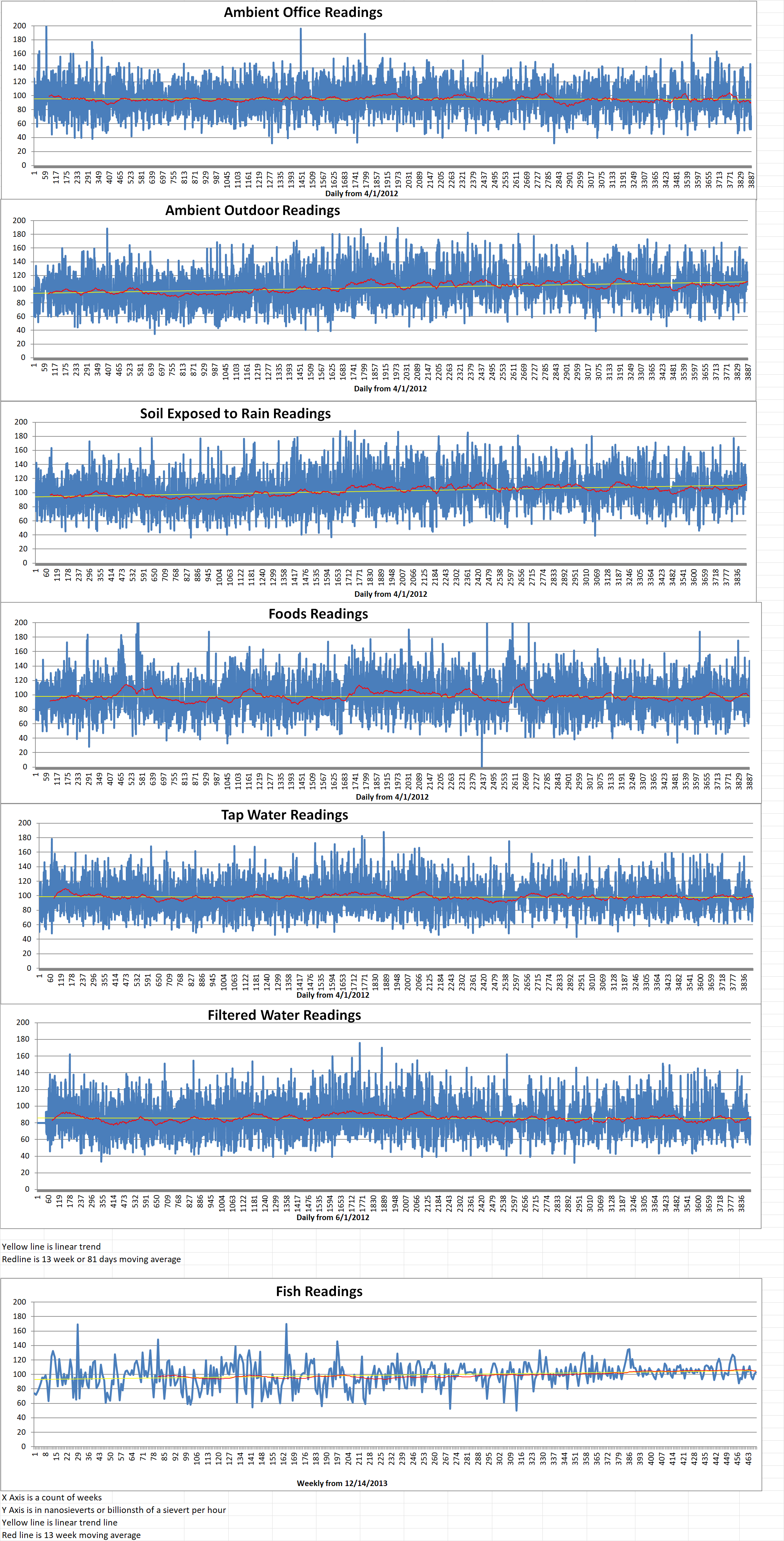
Geiger Readings for Feb 19, 2023
Ambient office = 70 nanosieverts per hour
Ambient outside = 107 nanosieverts per hour
Soil exposed to rain water = 103 nanosieverts per hour
Tomato from Central Market = 147 nanosieverts per hour
Tap water = 95 nanosieverts per hour
Filter water = 86 nanosieverts per hour
-
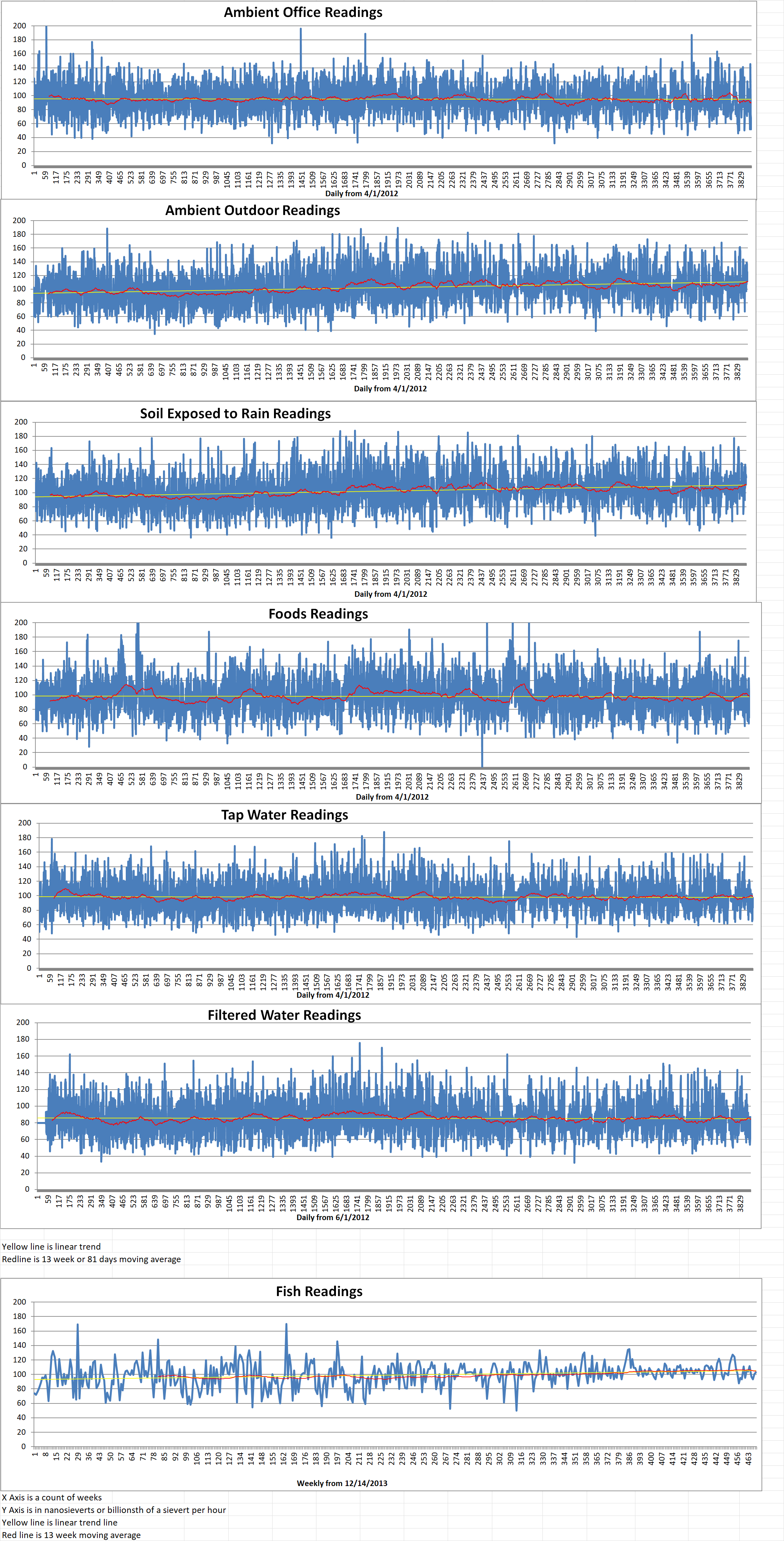
Geiger Readings for Feb 18, 2023
Ambient office = 54 nanosieverts per hour
Ambient outside = 121 nanosieverts per hour
Soil exposed to rain water = 122 nanosieverts per hour
Lime from Central Market = 69 nanosieverts per hour
Tap water = 97 nanosieverts per hour
Filter water = 87 nanosieverts per hour
Dover Sole from Central = 103 nanosieverts per hour
-

Nuclear Reactors 1132 – Scientists At The Argonne National Laboratory Is Using Artificial Intelligence To Find New Materials For Advanced Reactor Designs – Part 2 of 2 Parts
Part 2 of 2 Parts (Please read Part 1 first)
The fleeting nature of defects during nuclear experiments explains why scientists have usually captured only a smattering of data points along important lines of measure.
Chen has spent the last two years developing computer vision to track material changes from recorded experiments at IVEM. In one of his projects, he examined one hundred frames per second from videos that were one to two minutes in duration. In another project, Chen extracted one frame per second in videos one to two hours long.
The computer vision utilized in Chen’s research is similar to facial recognition software that can recognize and track people in surveillance footage. It can single out material defects and structural voids. Instead of establishing a library of faces, Chen created a vast, reliable collection of information about temperature resistance, irradiation resilience, microstructural defects and materials lifetimes. This information can be plotted to inform better models and plan better experiments.
Che stresses that a frequently cited benefit of computer-enable work is saving time. However, that is not the only benefit of using artificial intelligence and computer vision at IVEM. With a greater ability to understand and direct experiments that are underway, IVEW users can make on-the-spot adjustments to use their time at IVEW more efficiently and capture important information.
Chen said, “Videos look very nice, and we can learn a lot from them, but too often they get shown one time at a conference and then are not used again. With computer vision, we can actually learn a lot more about observed phenomena and we can convert video of phenomena into more useful data.”
In the new report, Chen and his co-authors from the University of Connecticut (UConn) presented DefectTrack, a MOT that is able to extract complicated defect data in real time as the materials are irradiated. In the study, DefectTrack tracked up to four thousand three hundred and seventy-eight different defect clusters in just one minute. The tests ranged from nineteen to sixty-four milliseconds. The findings were significantly superior to the same work done by human beings. Besides improved speed, computer vision also has increased accuracy.
Rajat Sainju is a UConn co-author and a Ph.D. candidate. He said, “Our statistical evaluations showed that the DefectTrack is more accurate and faster than human experts in analyzing the defect lifetime distribution.”
Yuanyuan Zhu is the UConn assistant professor of materials science and engineer who led the university’s team of co-authors. He said, “We urgently need to speed up our understanding of nuclear materials degradation. Dedicated computer vision models have the potential to revolutionize analysis and help us better understand the nature of nuclear radiation effects.”
Chen is optimistic that computer vision software such as DefectTrack will improve nuclear reactor designs. He said, “Computer vision can provide information that, from a practical standpoint, was unavailable before. It’s exciting that we now have access to so much more raw data of unprecedented statistical significance and consistency.” -
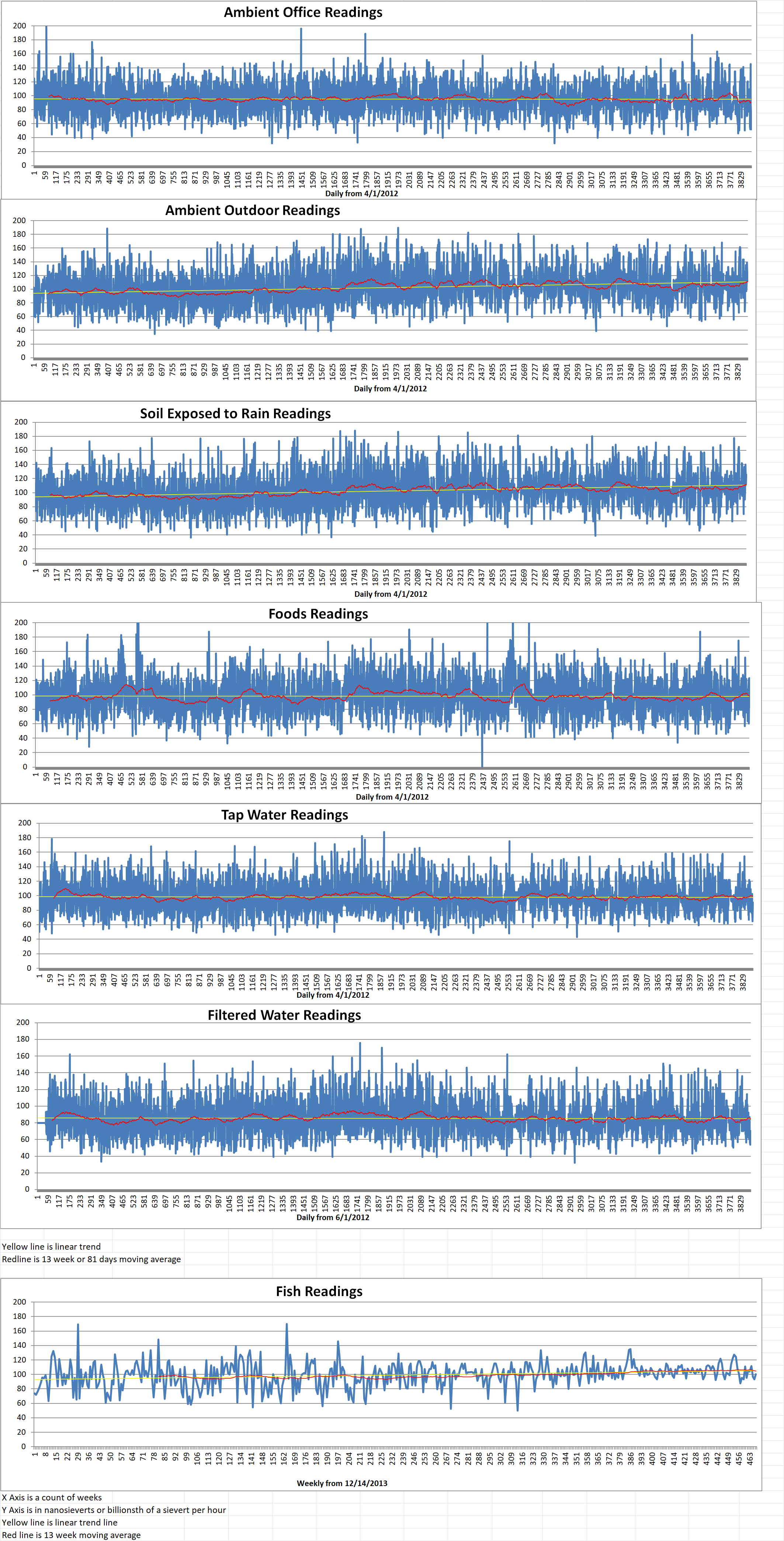
Geiger Readings for Feb 17, 2023
Ambient office = 52 nanosieverts per hour
Ambient outside = 121 nanosieverts per hour
Soil exposed to rain water = 121 nanosieverts per hour
Hierloom tomato from Central Market = 83 nanosieverts per hour
Tap water = 84 nanosieverts per hour
Filter water = 67 nanosieverts per hour
